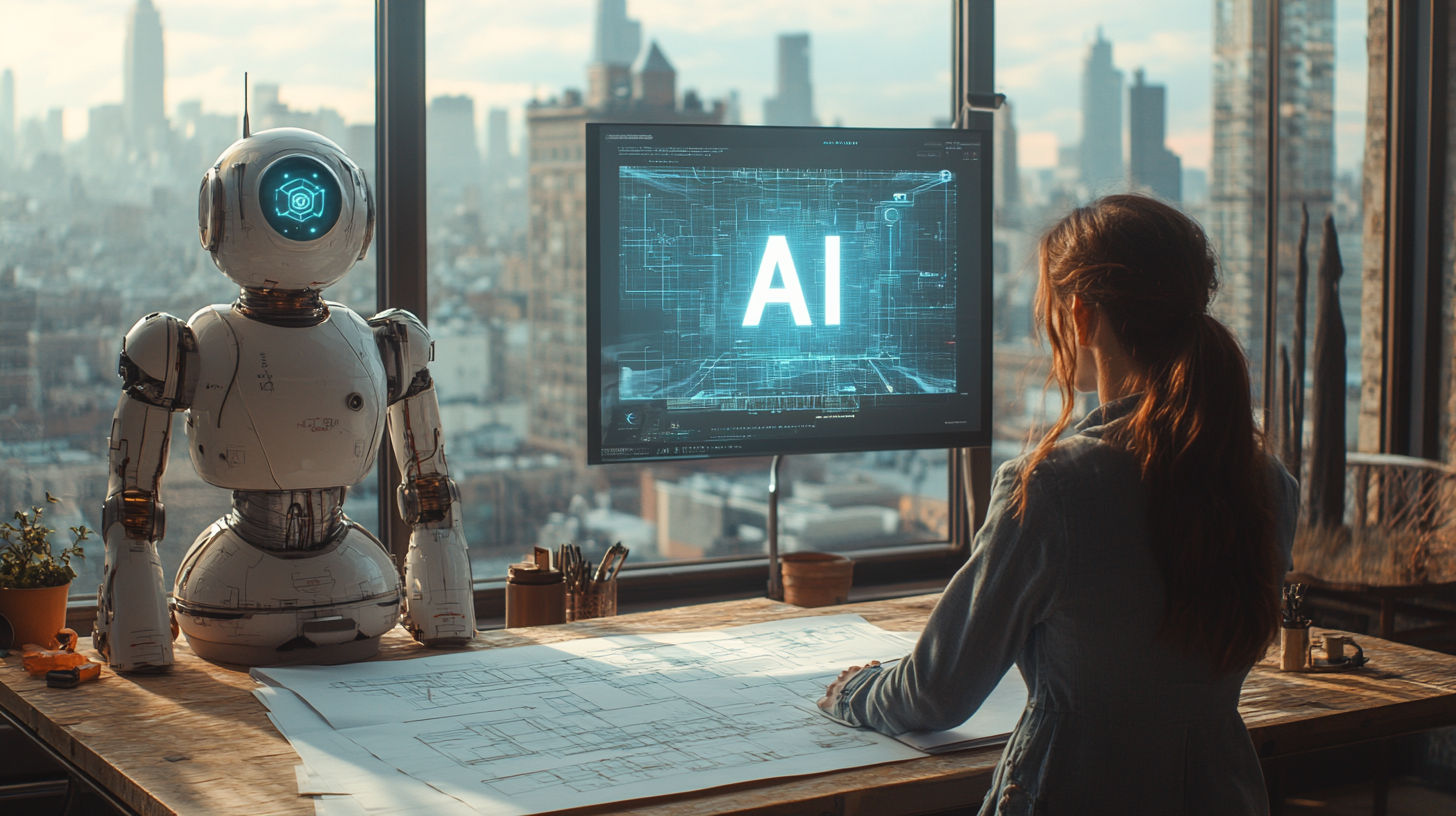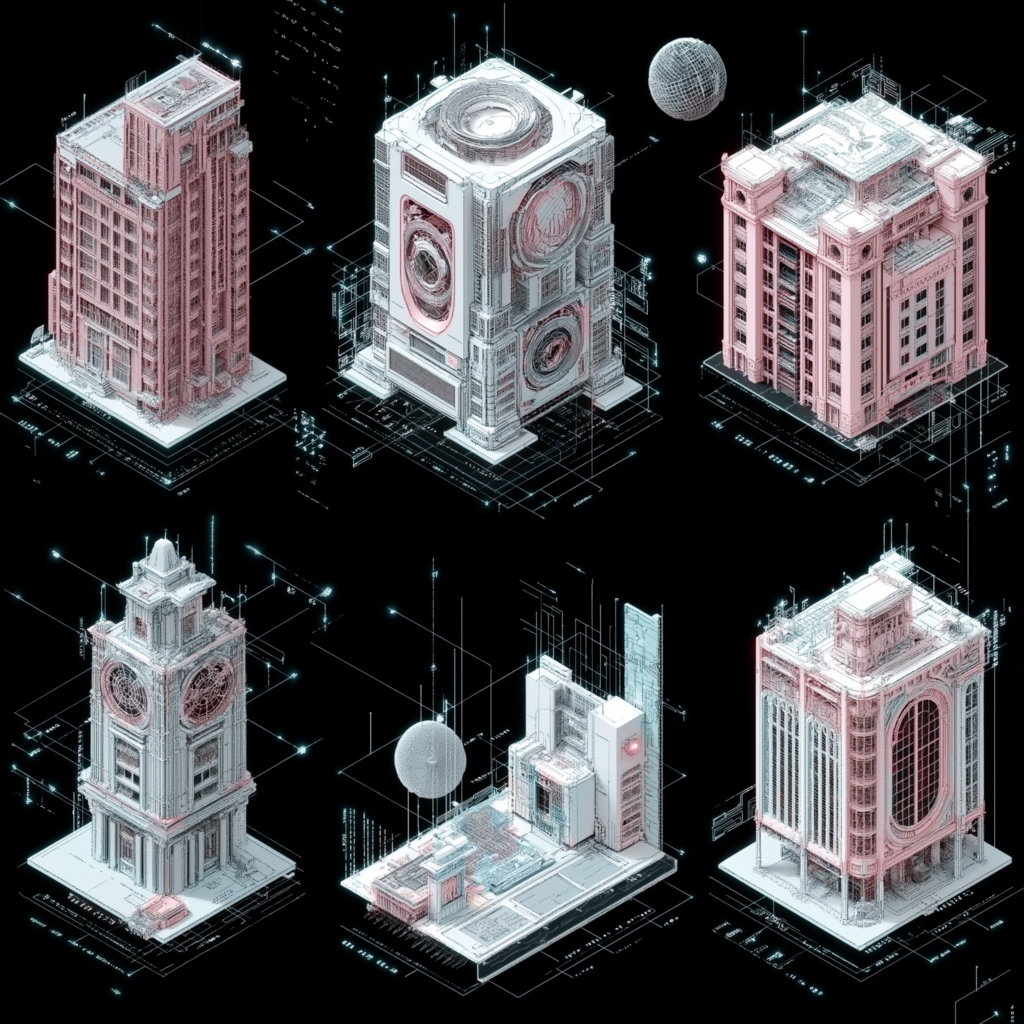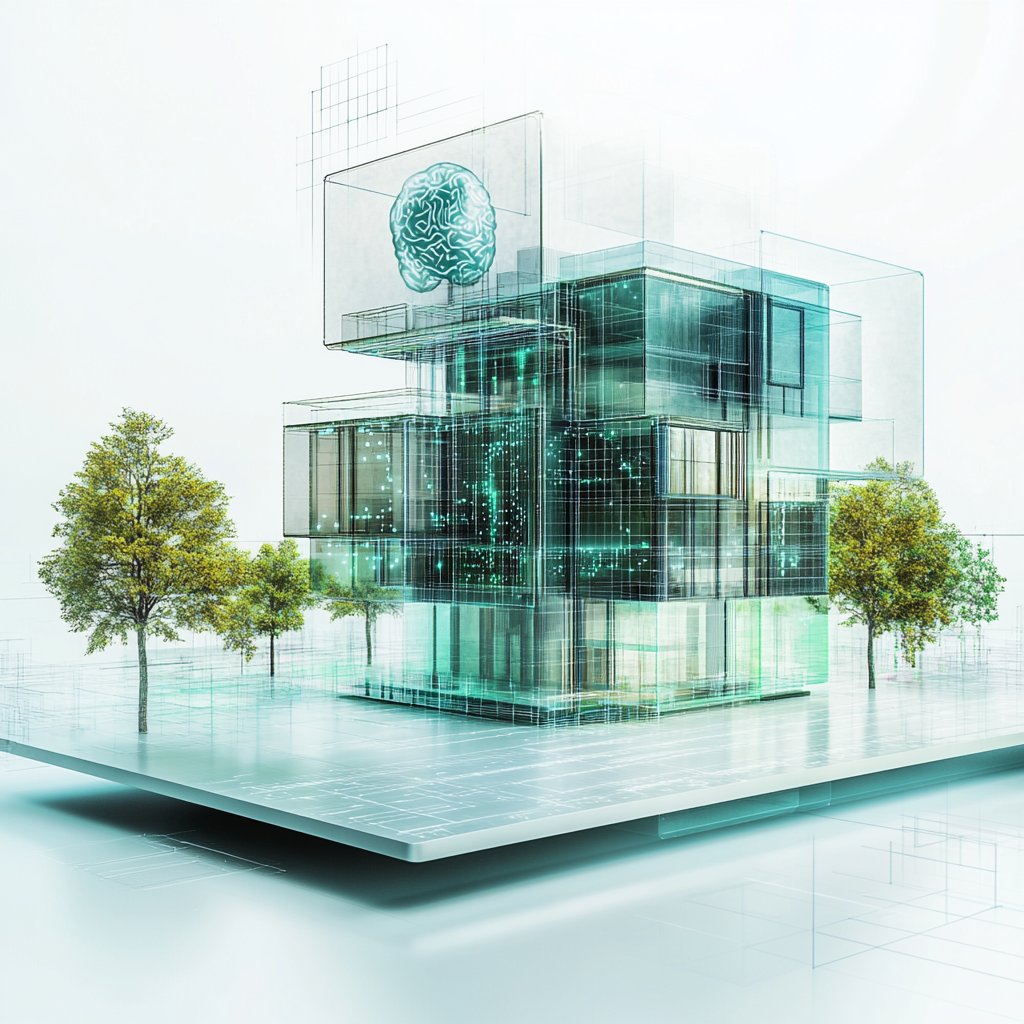
The Impact of Artificial Intelligence on Architecture
Introduction
In the ever-evolving world of architecture, the integration of Artificial Intelligence (AI) is becoming increasingly significant.
This blog post delves into the potential impact of AI on the architectural field, drawing from insights shared in a recent video discussion.
We’ll explore how AI is transforming design processes, the ethical considerations involved, and why human architects remain indispensable.

From Hand Drafting to CAD and Beyond
The video begins with a personal anecdote: the narrator’s father, a mechanical engineer, expressed skepticism about Computer-Aided Design (CAD) software in the early 1990s.
Despite initial reservations, CAD technology revolutionized the industry, making design processes more efficient and precise.
However, the shift from hand drafting to digital tools also raised concerns about the potential loss of creativity and personal touch in architectural designs.
Fast forward to the present, and we see AI making rapid strides in creative fields.
Generative AI tools like DALL-E 2 and Midjourney can create stunning images based on text descriptions, showcasing the advanced capabilities of AI.
While these tools are impressive, they also spark discussions about job displacement and the future of human creativity in architecture.
Generative and Parametric Design
Generative design is one of the most exciting applications of AI in architecture. This approach uses algorithms to explore multiple design possibilities based on specific parameters and constraints.
For example, Autodesk’s Generative Design tool can generate thousands of design options, allowing architects to choose the most efficient and aesthetically pleasing solutions.
Parametric design involves using algorithms to define relationships between design elements.
This allows architects to create flexible and adaptable designs that can be easily modified based on changing requirements. AI can enhance parametric design by automating complex calculations and optimizing design parameters.
Urban Planning and Building Information Modeling (BIM)
AI is also making waves in urban planning.
Urban planners can use AI to analyze large datasets and simulate different urban scenarios.
This helps in making informed decisions about land use, transportation, and infrastructure development.
For instance, AI can be used to predict traffic patterns, optimize public transportation routes, and design sustainable urban environments.
Building Information Modeling (BIM) is a digital representation of the physical and functional characteristics of a facility.
AI can enhance BIM by automating data analysis, improving project management, and optimizing construction processes.
For example, AI can be used to detect clashes in BIM models, predict construction timelines, and optimize resource allocation.

Notable Examples of AI in Architecture
Autodesk’s Toronto Office
Autodesk’s use of AI in designing their Toronto office is a prime example of AI’s potential in architecture.
The project involved using AI to generate blocking diagrams and conceptual visualizations.
The AI-driven design process allowed Autodesk to explore multiple design options and choose the most efficient and aesthetically pleasing solution.
Zaha Hadid Architects
Zaha Hadid Architects is another firm that has embraced AI in their design process.
The firm uses AI to generate complex geometries and optimize structural designs.
This allows them to create innovative and sustainable architectural solutions that push the boundaries of traditional design.
Foster + Partners
Foster + Partners is known for their innovative use of technology in architecture. The firm uses AI to optimize building performance, improve energy efficiency, and enhance user experience.
For example, they use AI to simulate different design scenarios and predict the impact of design changes on building performance.
The Irreplaceable Role of Architects
While AI can handle repetitive tasks and generate initial designs, architects are essential for making critical decisions and interacting with clients.
The human touch ensures that designs meet client expectations and comply with regulatory requirements.
Architects play irreplaceable roles in building relationships, understanding client needs, and navigating complex social and regulatory contexts.
These aspects require empathy, communication skills, and a deep understanding of human behavior qualities that AI currently lacks.
Human interaction and collaboration are at the core of successful architectural projects.
Architects bring a unique perspective and creativity that AI cannot replicate.
The video emphasizes the continued relevance of human architects, highlighting their ability to address nuanced client needs and social contexts.

Ethical Considerations and Societal Implications
Copyright, Misuse, and Responsible AI Integration
As AI becomes more integrated into architecture, ethical considerations such as copyright issues arise.
Who owns the rights to AI-generated designs? These questions need careful consideration to ensure fair practices in the industry.
While AI offers tremendous potential, there is also a risk of misuse. Architects must be aware of these ethical implications and work towards responsible AI integration.
The video encourages viewers to delve deeper into these ethical considerations and think about the broader societal implications of AI technology.
Understanding these issues will help architects make informed decisions about AI adoption.
The Future of AI in Architecture
Emerging Trends and Challenges
As AI continues to evolve, several emerging trends are shaping the future of architecture.
These include AI-driven sustainability, AI in smart cities, and AI in virtual reality (VR) and augmented reality (AR).
AI can play a crucial role in creating sustainable architectural solutions by analyzing environmental data and simulating different design scenarios.
In smart cities, AI can optimize traffic flow, improve public transportation, and enhance urban services.
AI can also enhance VR and AR technologies, allowing architects to create immersive and interactive design experiences.
While AI offers tremendous potential, it also presents several challenges and opportunities.
These include data privacy and security, ethical considerations, and the need for new skills and training. Architects must implement robust data protection measures to safeguard sensitive information.
The ethical implications of AI in architecture must be carefully considered, including issues related to job displacement, AI bias, and the responsible use of AI technologies.
Architects need to acquire new skills and training to effectively use AI tools, requiring ongoing education and professional development to stay updated with the latest AI technologies and best practices.
Conclusion
In conclusion, AI is transforming the field of architecture in numerous ways.
From generative design to urban planning and BIM, AI offers powerful tools that can enhance design processes, improve efficiency, and create innovative architectural solutions.
However, the human element remains irreplaceable, and architects must continue to value creativity, interaction, and ethical considerations.
By embracing AI while addressing its challenges, architects can harness the best of both worlds to create meaningful and impactful designs.

Leave a Reply